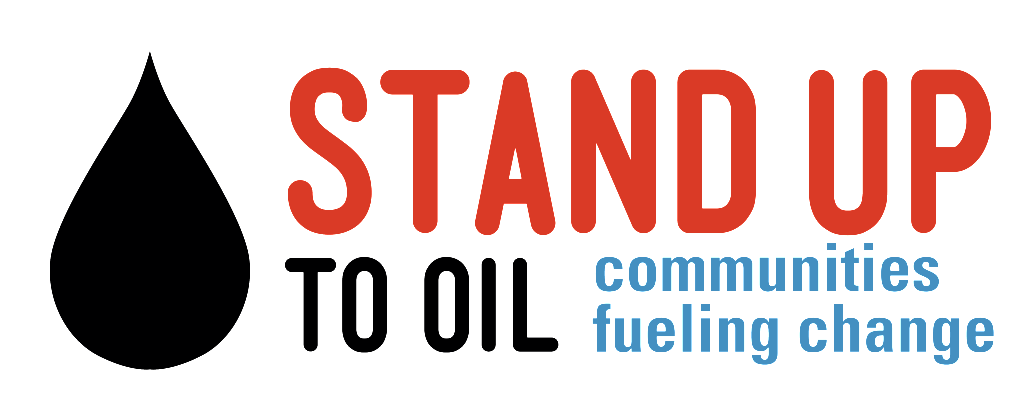Fracked and Tar Sands Oil
The type of oil being shipped to the Northwest (and how it is extracted) has created a host of new health, safety, and environmental problems.
Fracking
Hydraulic fracturing, or “fracking” is a type of drilling that injects chemicals and water deep underground to break up underlying shale rock, releasing the oil and natural gas contained within it. Most of the oil currently coming into the Northwest on trains is fracked from the Bakken Shale Formation in North Dakota and Montana.
Fracking has been blamed for contaminating drinking water, diminishing property values, and even causing earthquakes. More than 15 million Americans now live within a mile of the hundreds of thousands of new wells that have been drilled since 2000.
Tar Sands
Oil from the tar sands in the Canadian province of Alberta is expected to fill an increasing number of the oil trains coming into Washington and Oregon in the coming years. Extracting oil from the tar sands requires massive infrastructure, industrializes huge swaths of land, generates large quantities of toxic waste, and like fracking, consumes vast quantities of fresh water.
Because it requires so much energy and water to extract, oil from Alberta’s tar sands, generates much more of the pollution responsible for climate change than conventional oil.
Heavy tar sands oil can also sink when spilled, resulting in devastating oil spills, which are virtually impossible to fully clean up.
Alan Taylor writing for The Atlantic magazine describes tar sands mining like this:
“Most of the current extraction process takes place in open-pit mines, with massive machinery scraping up the tarry sandstone and moving it to facilities for processing. As the name “tar sands”, or oil sands, implies, the heavy crude is found mixed in with sand, clay, and water, which must be removed, then the heavy crude must be “upgraded” to reduce viscosity and improve quality. Environmental activists have expressed concerns about the mining for years, citing destructive impacts on the land, the heavy carbon footprint of the laborious extraction and upgrade process, massive amounts of toxic byproducts, and studies that show oil sands crude emits more greenhouse gases than conventional crude oil.”
Because it sinks in water, tar sands oil, often called bitumen, can be extremely difficult and expensive to clean up. A pipeline break and spill of 834,000 gallons of bitumen into Michigan’s Kalamazoo River has so far cost $1.2 billion to clean up.
Sources and Links
Congress Releases Report on Toxic Chemicals Used In Fracking
For the first time scientists prove fracking caused earthquakes strong enough to be felt by humans
Drilling vs. the American Dream: Fracking impacts on property rights and home values
New price tag for Kalamazoo River oil spill cleanup: Enbridge says $1.21 billion
The properties of the oils produced today present concerns. Canadian bitumen crude oil in various forms raises spill response challenges. It may sink or submerge in water if spilled, making recovery of the oil difficult.
“Bakken crude oil has variable and often higher volatility than other forms of crude oil, putting public safety at risk.
“These hazards came to light in a tragic rail incident in Quebec when 47 people died as an oil train derailed and burned.”
Executive Summary